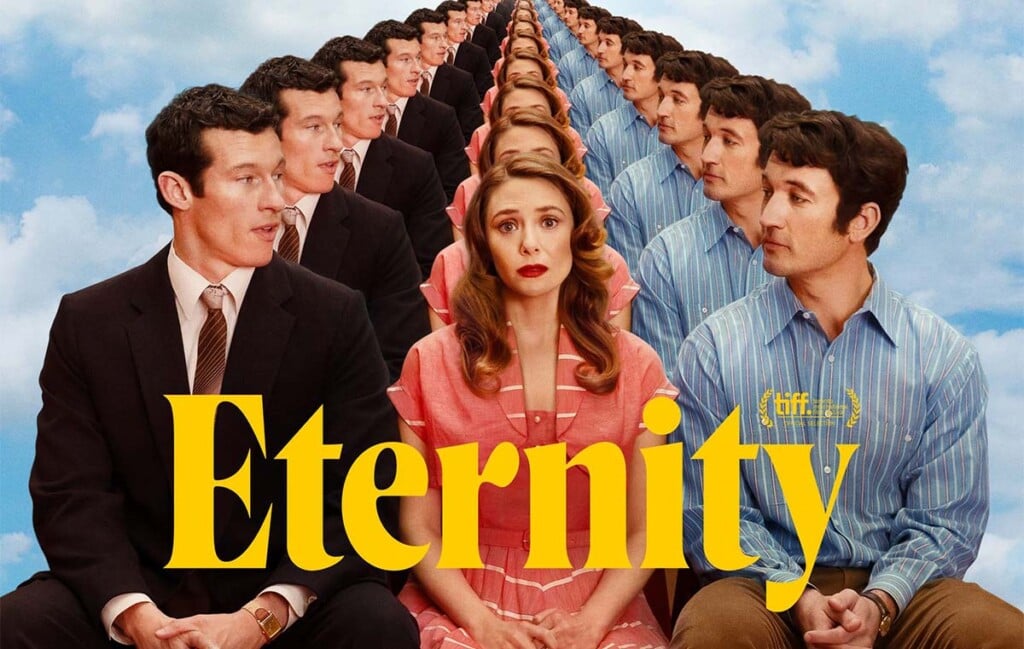Lynne Ramsay’s Die My Love is cinema as pure punk rock instability
With Die My Love, her fifth feature and first in seven years, Scottish filmmaker Lynne Ramsay reaffirms her status as one of the most uncompromising voices in modern film. A director who works at her own unhurried rhythm, Ramsay crafts films like Fiona Apple records; long pauses between releases, but each one thrumming with raw nerve and technical precision, alive far beyond the analog formats that capture them.
Once you’re inside her world, you’re caught, like a fever that won’t let go.
Ramsay came to film after an early passion for photography, and her teenage fascination with Maya Deren and Alexander Hammid’s Meshes of the Afternoon sparked her surrealist instincts. Those interests, and her ongoing exploration of the inner landscapes of grief, trauma, and alienation, continue with Die My Love. Her latest movie is another of her signature psychological dramas: a descent into instability rendered with both empathy and ferocity.
Jennifer Lawrence delivers perhaps her most captivating performance since mother! as Grace, a woman whose mental deterioration loops endlessly, cycling between lucidity and collapse. The plot may feel repetitive but its journey of mental instability is ever continuous. There’s no cure. There’s no solution. Ramsay captures Grace’s circular torment not as narrative redundancy, but as thematic truth: the mind, once fractured, moves in spirals. Grace walks blindly into the fire, seeking a sense of normalcy that can only ever destroy her. Ain’t she gorgeous?
Shot in Calgary, Canada, Die My Love is one of Ramsay’s most visually ravishing films, and one of her most haunted. Working once again with cinematographer Seamus McGarvey (We Need to Talk About Kevin), Ramsay opts for the claustrophobic intimacy of the nearly square 4:3 aspect ratio, as if trapping Grace within the frame itself. The film’s textures are captured largely on Kodak 35mm Ektachrome, the tactile, luminous stock revived in 2022 for euphoria’s second season and recently seen in Ryan Coogler’s Sinners. McGarvey’s use of both Kodak 500T (5219) and 200T (5213) emulsions gives the images a grainy vulnerability, while the rare Day for Night process creates some of the most legible, emotionally charged nocturnal scenes in recent memory—darkness that doesn’t obscure, but breathes.
The result is a visual language suspended between the real and the spectral. Ramsay’s trademark use of unreliable narration deepens that tension: Grace’s perceptions warp and double back on themselves, leaving the audience as disoriented as she is. Ramsay has long specialized in this—the instability of Morvern Callar, the fragmented guilt of Kevin, the post-traumatic numbness of You Were Never Really Here. With this film, she refines that chaos into something almost serene.
Ramsay is, and has always been, a punk filmmaker—uninterested in tidy arcs or moral redemption. She gives her actors space to combust, to expose their rawest selves. As she did for Tilda Swinton and Joaquin Phoenix, she gives Lawrence her best work in years. Lawrence moves between despair and ecstasy, anchored by a voice that keeps breaking under its own honesty. Her final plea—“I’m right here, you just can’t see me. I can’t go back. I love you. I love you. I can’t go back.”—is a mantra of both love and annihilation.
“This is a love story,” Ramsay seems to insist, and, somehow, it is. Grace’s unraveling becomes a grotesque form of devotion, a desire to disappear entirely into feeling. As John Prine and Iris DeMent’s “In Spite of Ourselves” drifts over the closing images, the film finds its tragic peace. “May we live long and die out,” someone whispers near the end. In Ramsay’s cinema, that’s not despair; it’s a prayer; to endure the fire long enough to find meaning in the ashes.




